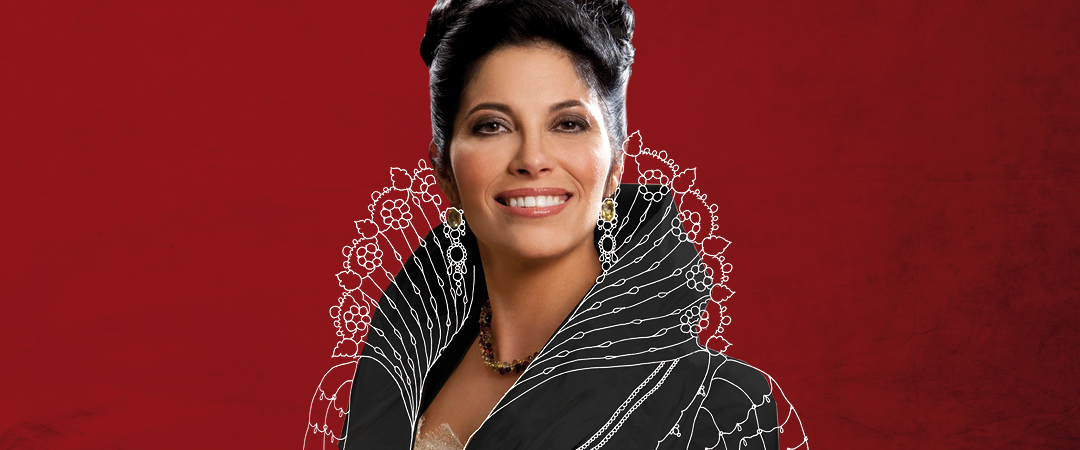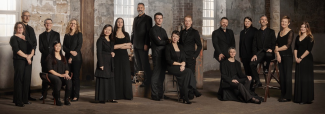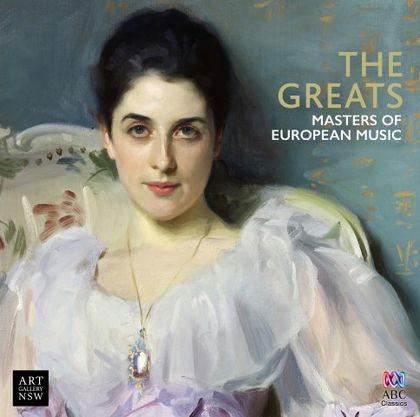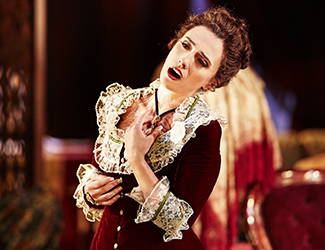Opera Review: Artaserse/ Pinchgut Opera
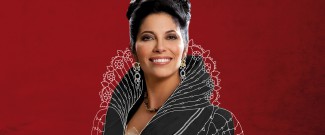
Artaserse/ Pinchgut Opera
City Recital Hall
29 November 2018
Written by Deen Hamaker
When Johann Adolphe Hasse reset his opera Artaserse for the Dresden Court Opera in 1740, he was oblivious to the Australian continent. That Pinchgut Opera’s version of his masterpiece has sat unperformed since that time is incredible enough, let alone that Sydney gets to see its first modern performances delivered by a sublime cast. What was presented was one of the most extraordinary operatic performances, with exceptional musicianship and exquisite artistry.
Hasse’s operas were incredibly popular in the 18th Century and made huge stars of many singers, including some of the biggest names of 18th Century opera, Francesca Cuzzoni, Faustina Bordoni and perhaps the famous of all the castrati, Farinelli. It was Hasse’s Artaserse that was the most popular of all. Hasse composed Artaserse for Venice in 1730 and it was his first international success. It was the second setting of Pietro Metastasio’s libretto, premiering only 7 days after the first setting by Leonardo Vinci’s in Rome. Metastasio’s libretto for Artaserse went on to be set over 60 times over the next 30 years. When it was time for a new opera for Dresden in 1740, Hasse returned to his earlier Artaserse and recomposed several arias to feature his wife, the celebrated Faustina Bordoni. The resulting opera requires exceptional virtuosity and dexterity from all six roles, way beyond the demands of many baroque operas. However, the cast that Pinchgut has assembled have everything necessary and more.
If the big 19th Century operas of Giuseppe Verdi and Richard Wagner are the marathons of the operatic repertoire, then baroque operas are the gymnastic all-around challenges, requiring the singers to be able to use every different skill and technique at their disposal from the very top, all the way to the very bottom of their registers and to push technical possibilities to the absolute extreme. This cast has every skill required by Hasse’s writing, but they take it even further with some of the most stunning ornamentation. The audience was audibly shocked with what this cast produced. They generated enough electricity to light Sydney for years to come. The duet between David Hansen’s Arbace and Vivica Genaux’s Mandane towards the end of the opera was worth the price of a ticket alone. Both sang with passion, their voices entwined, executing stunning embellishments. The luxury casting features three countertenors, two mezzo sopranos and a tenor, all exceptional world-class stars at the height of their powers. While many of these singers share the same vocal range, the cast’s exceptional skills were used in clever ways to shade different tones and styles for each of the characters.
As the ardent lover and loyal son, Arbace, David Hansen has a voice that is so rare and beautiful it is no surprise that he is in constant demand across the globe. With this performance he took this audience, more than ever before, back to what it must have been like to hear the castrati of the 18th Century, like the fabled Farinelli. Unlike many countertenors who have emerged since the Baroque revival began Hansen is sopranist, the highest possible countertenor voice. His voice is bright and agile and the effects he can produce are jaw-dropping. As the opera ramped up after the interval, David Hansen’s voice became superhuman, an instrument of sublime beauty and wonderment. His “Parto qual Pastorello”, probably one of the most dexterous and virtuosic arias in all of opera, was just stunning. The audience gasping in response.
As Arbace’s lover, the Princess Mandane, Vivica Genaux displayed a dazzling technique and genuine star quality. Her voice is extraordinary and effortlessly carried every mood from pathos and anger to yearning and celebration. The most fiendish decoration was executed with style and panache. Having performed across the globe and with many awarded recordings behind her, it is a real joy to have her here in Sydney performing in this extraordinary piece. Each of her arias had the most beautiful directions which showed off her every skill and consummate musicianship. Her rendition of “Se d’un amor tiranno” just before interval, appeared to suspended time with its delicacy and ethereal beauty.
As Artabano, the evil murderer, who murders his king and then allows his son to take the rap, Carlo Vistoli sang with effortless agility. His stylish execution demonstrated a wonderful yet judicious use of ornament and added excellently to his characterisation of the duplicitous general. Russell Harcourt sang spectacularly, showing off his incredible upper range. His extraordinary countertenor voice perfectly executed Megabise’s breathtaking arias. Equally comfortable as both the ardent unrequited lover and rebellious insurgent, it was a sensational performance.
As the title character, Prince Artaserse, Andrew Goodwin, got to show off his remarkable baroque skills. Tenors are rare in baroque opera and are usually minor characters, but here, Goodwin got a wonderful variety of arias in which to show off his prodigious abilities. Emily Edmonds added another sparkling portrayal to her string of successes for Pinchgut Opera. As Artabano’s daughter and Arbace’s sister, Semira, she was fantastic. She used her considerable stage presence and stupendous vocal talents across a string of arias.
Johann Adolphe Hasse is not a familiar name today, but in the 18th Century he was one of the most lauded composers in Europe. With his superstar wife, Faustina Bordoni, together they toured Europe and created a string of successes across the opera stages of the continent. His music is beautiful and shows his gift for lyrical invention. One stunning aria is followed by another, finishing off with the breathtaking afore-mentioned duet.
This is the first staged performance of a Hasse opera in Australia and the first performances of this version of Hasse’s Artaserse since 1740. Let’s hope we get to see and hear a lot of this forgotten master’s work.
Erin Helyard conducted the exceptional Orchestra of the Antipodes with verve and energy. This orchestra always plays wonderfully under Helyard’s exceptional musicianship. In this case, the bar rose even higher as they exceeded expectations in bringing to life music that has gone unheard in over 260 years. One wonders if the score could have sounded as extraordinary back in Dresden all those years ago. Perfectly accompanying the singers, the orchestra played beautifully throughout the long evening.
While the City Recital Hall has some of the best acoustics in Sydney, a lack of space on stage means that a single unit set is the only possibility. Designer Charles Davis achieved a splendid trick creating an elegant wallpapered space with a giant mirror and glittering chandelier that served for all the various settings of the libretto. Ably assisted by Ross Graham’s atmospheric lighting, it looked grand indeed, considering the confined space. The single less-than-perfect point was the direction by Chas Rader-Stieber. Caught up in superlative singing from an all-star cast with a sensational orchestra, you could be forgiven for not noticing that most of the direction consists of having the characters endlessly walk around the stage, stare into a large mirror or shake their fist at a large portrait on the wall. While a baroque opera built of repetitive da capo arias, with their defined A-B-A structure, makes directing baroque opera for a modern audience a challenge, many have found more interesting ways of making the action work with the music. Unfortunately in this case the stage action added little to the glorious sonic wonders on offer.
Pinchgut Opera has become a twice-yearly baroque treat for Sydney. With this production, Pinchgut has set a new gold standard, ranking Artaserse as one of the crowning achievements in the 16 year history of this now landmark company. There are very few tickets left to the remaining performances. If you can grab a ticket, take the opportunity and relish this stunning performance. Relax and kick back, safe in the knowledge that this cast can handle every fiendish detail that Hasse devised.composed and transport you on a journey towards operatic perfection.
Deen Hamaker for SoundsLikeSydney©
Deen Hamaker is a passionate opera aficionado and commentator. Introduced to theatre, opera and classical music at a very young age, he has acted in and directed several theatre productions, both in Australia and overseas. Deen lived in Japan for several years and studied the performing arts of Asia. Deen’s particular passion is opera, particularly the Russian, French and Modern repertoire. Deen was a contributing author for “Great, Grand and Famous Opera Houses”, 2012. Fluent in Japanese, Deen holds a Bachelor of Arts in Japanese from Griffith University and currently lives in Sydney.

